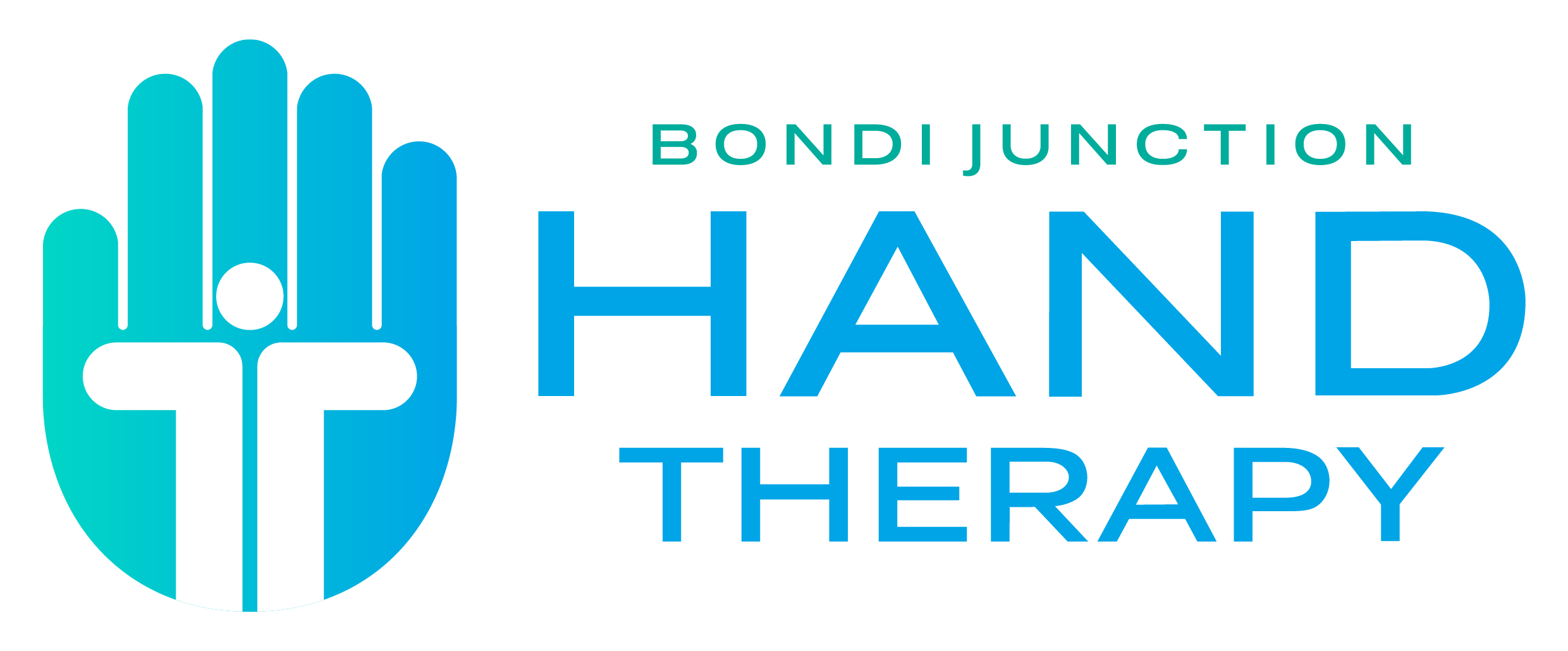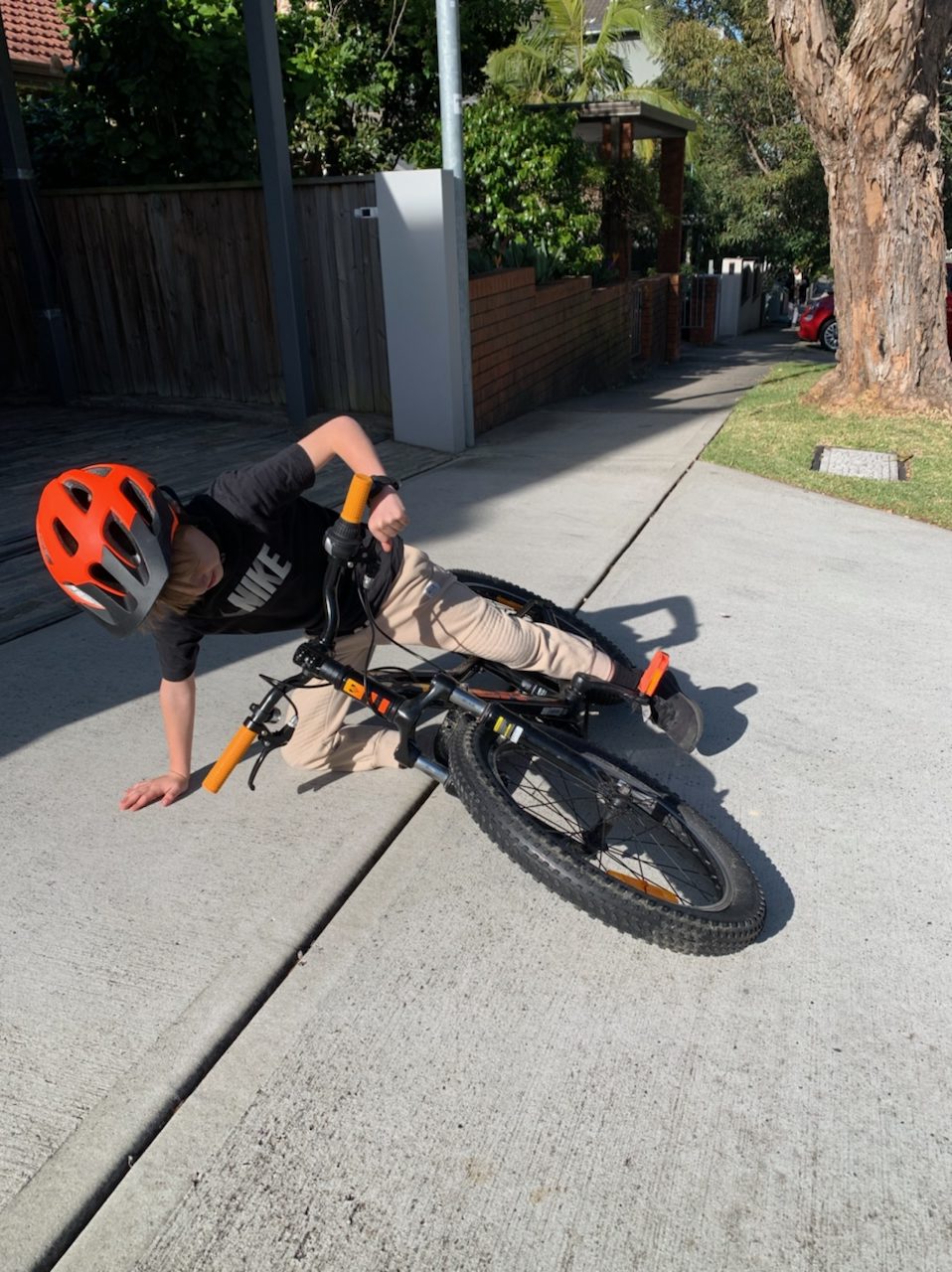The silly season is here, a time for family, food and my favourite… Christmas carols! As you are getting cosy to watch the carols by candle light this year, spare a thought for the musicians in the orchestra that have been practicing hard in preparation to entertain us. Whilst most workplaces are winding down, musicians are ramping it up for an increase in gigs as the rest of us celebrate. The Christmas holidays are also a time when people take up new musical hobbies and students are practicing for the first sessions of practical exams in Jcanuary. Unsurprisingly, many musicians suffer from hand and upper limb problems at this time of year. The most common complaints are aches and pain in the hands, forearms and shoulders with symptoms consistent with tendonitis, entrapment neuropathies and referred pain from the neck. This article explores some of the reasons musicians are prone to injury whilst providing some tips for practitioners and musicians alike.
Musicians – the forgotten athletes
For centuries musicians have been overlooked, their disorders dismissed or considered purely psychological. This is changing with the development of performing arts medicine and the concept of musicians as athletes. Musicians are athletes, they have the same demands placed on them as sportspeople – they perform complex, coordinated and repeated movements to a consistently high standard. Sportspeople however, have likely been surrounded by a support network dedicated to all aspects of their performance. They have coaches for technique, conditioning, tactics, mindset as well as sports physicians, physiotherapists, massage therapists, nutritionists. Sportspeople are taught early on to warm up, cool down and condition themselves for their sport.
When treating musicians, it is important to remember that these are athletes who apart from a music teacher (sometimes not even that) have most likely been left to their own devices for years. They may not have developed correct technique or good practice habits. They may not have developed the necessary fitness components for their instrument or they may have developed their musculature asymmetrically i.e. the power muscles are often working too hard and whilst the stabilising muscles are not working hard enough. The brain will use the muscles it knows best so it becomes harder and harder to change poor movement patterns as time goes on.
The ‘typical’ presentation
Upper limb pain is most common in musicians, usually in the hand and wrist. The first symptoms can occur after a busy performance schedule or prolonged practice sessions. As playing continues, symptoms start to develop earlier and earlier in the performance or practice. Eventually some musicians only have to pick up their instrument to elicit pain and many day to day activities start to become painful as well.
Tips for Assessing Musicians
Musicians represent a highly diverse group and so providing an exhaustive assessment tool for all of them is extremely difficult. Instead there are 4 key elements to remember when assessing any musician no matter the injury or instrument.
History: It is important to take a detailed musical history from any musician you treat. This includes how often they practice and perform and any recent changes in repertoire, teacher or schedule.
Posture: Next observe posture with and without the instrument. Music is not purely produced by the hands or the mouth, the entire body is involved. All the segments work together to create the specific movement patterns of a musician and movement in one area of the body will cause a reaction in another e.g. raising the arms to hold a flute creates postural compensations by the spine and thorax to stabilise the upper limbs. Notice how movement flows through the musicians body; are there any areas of tension? Are there any unnecessary movements? Notice the position of the instrument and how the musician positions themselves around it. Remember you must watch them play!
Joints above and below: poor posture can set off a subtle chain-reaction throughout the entire body so you must look further than the location of symptoms. Poor positioning proximally can result in painful symptoms distally e.g. a guitarist with a sore shoulder alters their fingering technique to ease tension but increases the strain on the muscles of the wrist and hand. Look for sources of referred pain, uneven muscle tone, joint stiffness and muscle tightness.
Old injuries: when things don’t add up, press the musician further for old injuries. Do not underestimate the impact an old fracture or whiplash injury could have on muscle balance and movement.
Treating Musicians
There are many options for treating musicians. It is important to work with them to find the best approach and explore all the conservative options first. This is because musicians are more sensitive to the small changes that can occur through surgery, than the general population. Musicians perform very precise movements and a small change in finger joint position or range of motion can be the difference between a skilled performed and a merely competent one.
Hand therapists with their knowledge of anatomy, movement and posture are particularly well equipped to treat musicians conservatively. They have specialised skills in treating oedema, fabricating custom made splints and tailoring exercise programs. At Bondi Junction Hand Therapy it is important to us that every musician returns to playing as soon as possible. We will work with the musician to develop a return to playing schedule and develop strategies to optimise their technique and ensure longevity. Below are some examples of treatment options.
Acute injury management: treatment during this phase is aimed at reducing inflammation, oedema, pain and preventing further injury. Rest, ice, elevation and compression remain essential components of this phase. It is especially important to reduce swelling because even a small amount in a hand can cause a large movement restriction.
Postural training: good posture should be the ongoing goal of all musicians, music teachers and treating health professionals. It is a complex interaction between the position of the instrument, the position of the musician, their body proportions as well as the speed and depth of their movements. Ideal playing posture places minimum stress on the body. The musician should hold themselves relaxed without unnecessary tension or movement. This will ensure the music itself flows freely and the musician will be able to continue to play for many years to come.
Muscle strengthening: musicians need to have strength in specific muscles that generate movement such as those in the forearm as well as a strong core and shoulder girdle to stabilise movements. They have often neglected strengthening as part of their practice routine and as a result musculature has developed asymmetrically. It is important to educate musicians on the importance of strengthening and start them on a personalised exercise regime.
General conditioning: musicians must be flexible and cardiovascularly fit. Sport is a great way to achieve this however many musicians avoid sport for fear of injury. There are a variety of other low-risk options that are highly beneficial – yoga, tai chi and walking are just a few options to encourage.
Splinting: there are various splints that can be custom made for a musician to protect and support an injured or over worked structure as it heals, train correct movement or help regain range of motion. These can be custom made for optimal fit and ensure the lowest profile to prevent interference with an instrument.
Relaxation: there are many stressors in a musicians life, some common ones include: playing a solo, making a mistake performing or bullying from a conductor. It is important that musicians are equipped to manage these stressors for there is a strong link between anxiety and upper limb pain. Health professionals can guide musicians in their relaxation practices to achieve balance within the body and the mind. It should be incorporated into practice just like scales and correct fingering in order to maintain this state whilst performing.
Tips for Musicians
- Listen to your body: do not play through the pain as this will create a bigger problem that takes longer to fix. Seeking treatment does not always mean you must stop playing completely.
- Practice well: you should practice for 20 minutes at a time with short breaks doing something completely different with your body. This will actually give your better focus, muscle responsiveness and motivation.
- Warm up & cool down: you are an athlete and you must prepare your muscles for the specific movements of your music.
- Posture = performance: music affects the whole body so if you are carrying tension you will hear it in the music
- Seek advice: whether you have a music teacher already or are self-taught, it is always worth having an experienced musician observe your technique
- Use music aids: not all of us have the optimum physique for the instruments we are passionate about. Are you a petite cellist sore from lugging around your instrument – apply wheels. Are you a violinist with a long neck – use a modified chin rest. Invest in the right specialty equipment and your body will thank you.
- Get fit to play: playing music requires strength, endurance and flexibility. Find other activities to develop your fitness, your playing will greatly improve and you will minimise your risk of injury.
- Relaxation: incorporate relaxation into your practice to help you remain at ease mentally and physically as you play. This will help you cope with the many stressors of being a musician.




